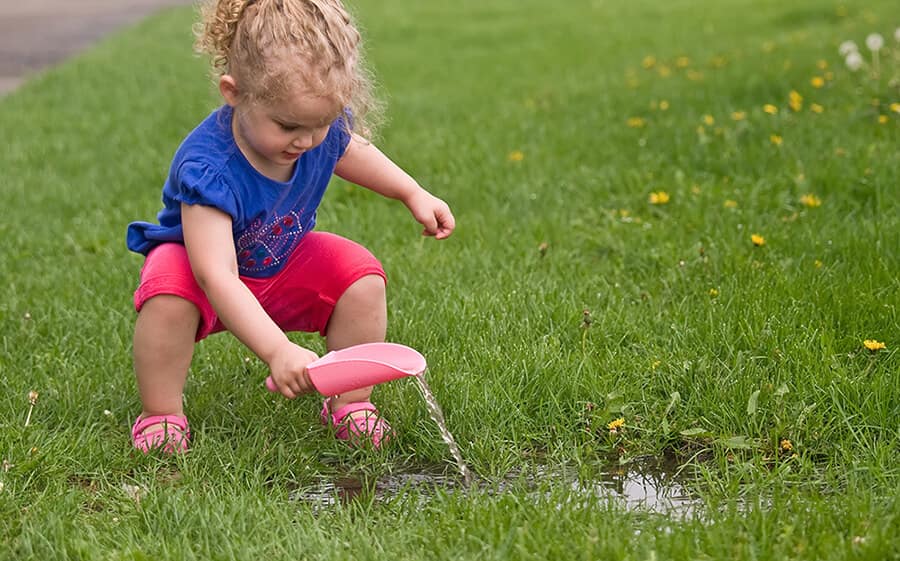What're your beliefs on Common Water Leaks In House?

Leakages not only create waste of water however can also create unnecessary damage to your residence as well as promote unwanted natural growth. By recognizing as well as looking for day-to-day circumstances that create leaks, you can protect your house from future leaks and unneeded damages.
Intruding roots
The majority of water leaks start outside your house rather than inside it. If you notice a sudden reduction in water pressure, state in your faucet, take time to head out as well as analyze your yard. You could notice damp patches or sinkholes in your backyard, and that may mean that tree origins are attacking water lines triggering water to seep out. You can have your plumber look for breach, especially if you have trees or hedges near your home.
Corroded water systems
This might be the reason of staining or bending on your water pipelines. If our plumbing system is old, think about replacing the pipes since they are at a greater risk of corrosion than the newer versions.
Faulty Pipeline Joints
Pipeline joints can weaken over time, resulting in water leaks. If you have noisy pipelines that make ticking or banging noises, particularly when the warm water is turned on, your pipeline joints are probably under a whole lot of stress.
Instant temperature level modifications.
Severe temperature level changes in our pipes can trigger them to expand as well as contract unexpectedly. This growth and contraction might trigger fractures in the pipelines, particularly if the temperature level are below freezing.
Poor Water Connectors
At times, a leak can be triggered by loosened tubes and also pipes that provide your devices. More often than not, moving is what causes the loose water Links. You may discover when it comes to a cleaning machine, a tube may spring a leakage as a result of trembling during the spin cycle. In case of a water connections leakage, you may see water running directly from the supply line or pools around your appliances.
Obstructed Drains
Obstructed drains might be bothersome and inconveniencing, yet they can occasionally wind up creating an overflow causing rupture pipelines. Maintain eliminating any type of materials that may drop your drains pipes that could obstruct them to stay clear of such aggravations.
All the above are causes of leakages yet not all water leakages arise from plumbing leaks; some leaks could originate from roof covering leaks. All leaks should be fixed immediately to stay clear of water damage.
Leakages not only create waste of water but can also trigger unnecessary damages to your residence and also advertise undesirable organic growth. By comprehending and looking for everyday situations that cause leaks, you can shield your residence from future leaks as well as unnecessary damages. Today, we will certainly look at 6 leak causes that may be triggering your pipes to leak.
At times, a leak can be created by loose hoses as well as pipelines that supply your appliances. In situation of a water links leakage, you may notice water running directly from the supply line or pools around your home appliances.
TYPES OF WATER LEAKS YOU SHOULD BE FAMILIAR WITH
Shower Fixture Water Leaks
If you notice a water leak near your shower fixture, perform an inspection to confirm if you are able to find broken caulk lines. As your shower fixture becomes older, it is not uncommon for water to leak onto the other side of the frame. To fix this type of plumbing leak, scrape off the old caulk and run a new bead of it around the shower fixture to seal up any fractured crevices and holes.
Bathtub Drainage Water leaks
To fix this type of leak in a bathtub, remove the drain flange and clean it. Next, you should also remove the rubber gasket located beneath the tub’s drain hole. Buy a replacement gasket that matches the old version and install it in the same location. Once the drain flange and rubber gasket are installed, apply a small amount of silicone caulk to the drain to prevent water leakage below your tub.
Water Pipe Leaks Behind Walls
Issues such as discolored grout and loose shower tiles may be caused by a water pipe leak behind the walls in your bathroom. To fix this plumbing leak, you will be required to remove the tiles, grout, or caulk in your shower. Once the tiles in your shower have been removed, perform an inspection of the drywall to confirm if it’s moist or wet. If you notice water marks or mold on the wall, this is an indicator of a water pipe leak.
Toilet Leaks
Nobody likes a toilet leak. It can cause water damage to the subfloor, joists, or even the ceiling in the room below. To combat this type of water leak, you will need to reinstall your toilet with a brand new ring of wax. If the toilet sits uneven, be sure to add toilet shims to correct the issue. Do you notice a broken bolt slot or flange? We recommend performing a new metal flange installation to remediate this issue.
Sink Water Leaks
To prevent damage to the beautiful counter tops in your kitchen or bathroom, tighten the base of your sink to prevent a water leak. Next, scrape away any old caulk around the sink and apply a fresh coat. Prior to using the kitchen or bathroom sink, you will need to secure the fixture to the countertop with the clips located beneath the sink rim to prevent a water leak.
https://www.fenwickhomeservices.com/blog/6-types-of-water-leaks-you-should-be-familiar-with/

I discovered that post about Most Common Causes of Leaky Pipes while scouting around the web. Do you know another individual who is in the market for Common Water Leaks In House? Feel free to share it. I appreciate reading our article about How to detect water leaks in your home.
Book With Us Today!
 Rick Moranis Then & Now!
Rick Moranis Then & Now! Marcus Jordan Then & Now!
Marcus Jordan Then & Now! Jeri Ryan Then & Now!
Jeri Ryan Then & Now! Pierce Brosnan Then & Now!
Pierce Brosnan Then & Now! Robin McGraw Then & Now!
Robin McGraw Then & Now!